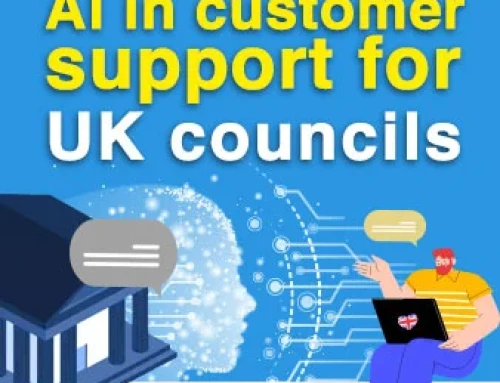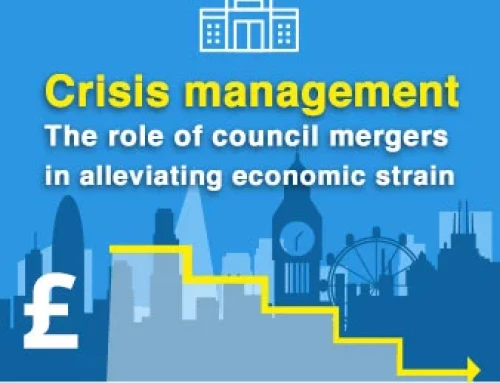How does Blockchain look to innovate in the Energy Market?
An Overview of Blockchain Energy Trading and its Applications
‘Blockchain’ has become quite famous in the recent times. The new cryptocurrency or the Bitcoin craze is all around. The blockchain concept underpins the architecture of the Bitcoin. In a broader sense, blockchain is a special technology governing peer-to-peer transactions. It is changing the economy and the way we do transactions. Till now, financial sector has leveraged the blockchain technology on a larger scale. The wide popularity of Bitcoin is the proof. And, it is growing further.
Following the trend, blockchain has attracted other industries now. Major businesses and industry experts are evaluating the implications of this technology. Looking at the present scenario, blockchain energy trading may be a game changer. Talking about the energy industry, we are seeing many projects in their pilot stages. The energy industry has a whopping $2 trillion market. It is facing many challenges related to distribution, operations, and innovation. Blockchain may bring a new ray of hope.
Basics of Blockchain
Blockchain is about managing peer-to-peer transactions in a decentralized manner. It eliminates the dependency on third-party or intermediaries. It makes the process faster and flexible. The involved peers define the rules of transactions. There is no role of any central authority like a bank. The two types of blockchain categories are – private and public. The private blockchain involves a limited number of pre-approved participants operating with known identities and assets. The public one is a slower blockchain as it may have millions of participants and native assets.
In technical terms, a blockchain records every transaction between two connected parties. It stores data in a decentralized network available to every computer in the network. It uses algorithms to verify and validate the transactions. A hash encrypts it. The verified transaction adds to a block of pre-verified transactions of the same period. This block is then added to the existing blockchain completing a single transaction. It is permanent and immutable. The transaction remains unaltered. Thus, blockchain serves as a digital register. It connects the parties and allowing transactions in the ledger.

Blockchain and Energy Market
According to the futurists, blockchain will reform the energy sector. There will be significant changes with the implementation of blockchain technology. The innovation will challenge the current energy trading. It will enable direct transactions between energy producers and consumers. It will be beneficial for the ‘prosumers’- the households or buildings that not only consume but also produce energy. There will be more opportunities to facilitate peer-to-peer transactions between neighbors as well. Thereby, there will be lesser role of intermediaries or retail network. The transactions will be faster and direct.
Blockchain will also mobilise the energy market. For example, charging of electric vehicles. The blockchain will record the time and amount of charging as per pre-defined rules. We are moving towards the culture of connected devices. Smart meters combined with blockchain will provide a smarter way of recording electricity consumption and billing. The energy selling and buying process will be leaner with smart contracts. Besides that, generating renewable certificates and maintaining assets and ownership are few important applications of blockchain energy trading.
Some Examples
We are yet to witness full-fledged success. But, various projects are in their concept and pilot stage. Also, many organisations have started building a vision to explore the opportunities. The Brooklyn Microgrid is an example. In 2016, LO3 energy and Siemens joined their hands for this project. New York-based TransactiveGrid is developed on the Ethereum blockchain. It involves five residential buildings that consume, produce and sell energy. The rooftop photovoltaics systems generate solar energy. Any building having excess of energy can sell to any of the neighbor. The transaction is recorded in the blockchain. In other case, when they lack it, they can consume it.
Blockchain promotes use of green energy. It boosts the local community to consume and sell. 12 major global energy and blockchain companies have formed Energy Web Foundation. It will begin with applications like renewable energy certificate tracking. Their aim is to create grids and allow buildings to trade energy in real-time without any dependency. Another example is the Scanergy project headed by Mike Mihaylov. It will enable prosumers to use an alternative currency called NRGcoin for buying and selling home-generated power. SolarCoin is also a form of cryptocurrency used as a reward in the network of solar power generators.

‘Blockchaining’ the Future
With such wide scope, the blockchain energy trading promises a huge transformation in the energy market. There are many challenges related to the costs, security and legalization. But, we are seeing equal developments taking place to tackle them. It will bring more transparency, flexible markets, simpler transactions, and greater chances for the consumers to be the prosumers. The cutting-edge blockchain technology is here to stay. Are you ready to experience the decentralization?





